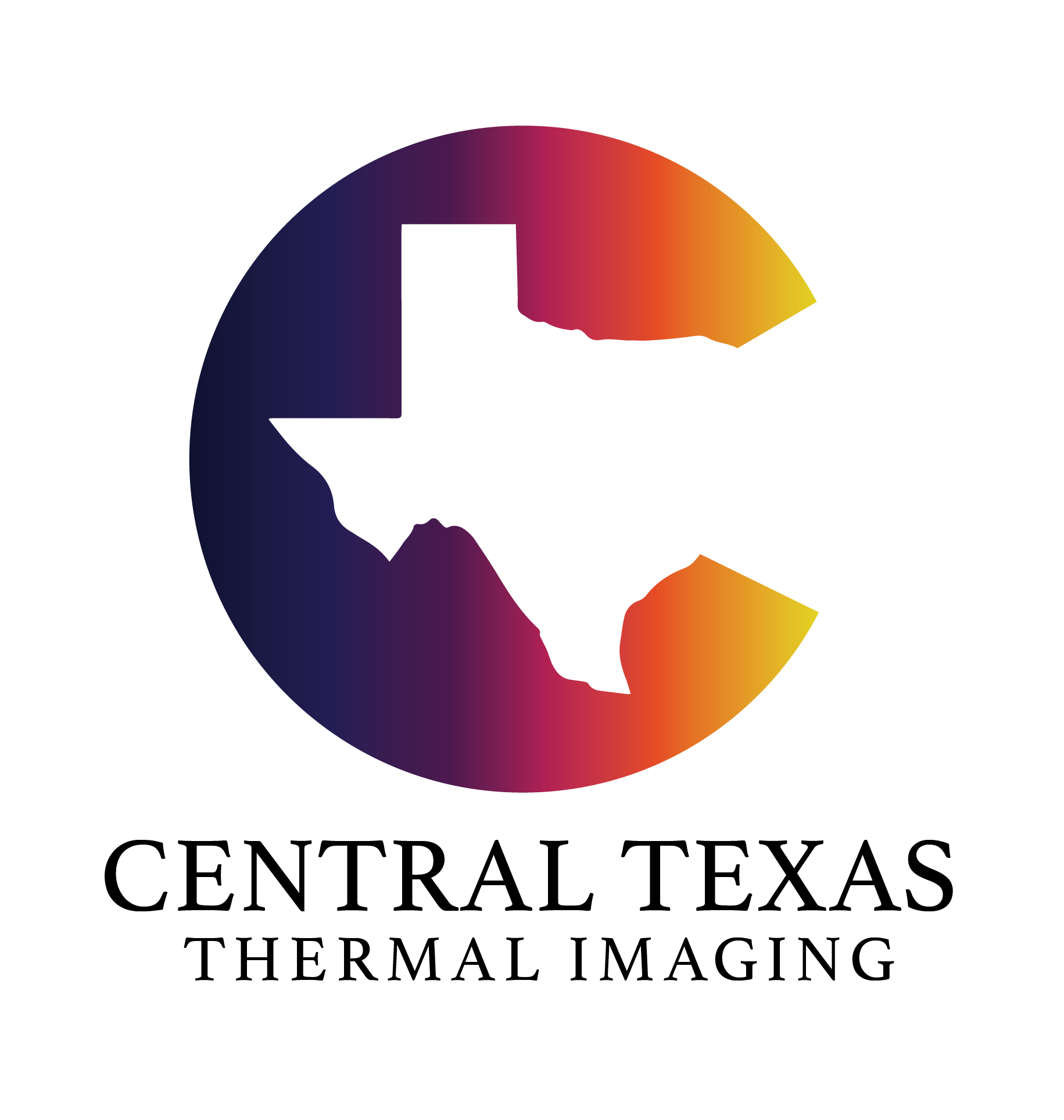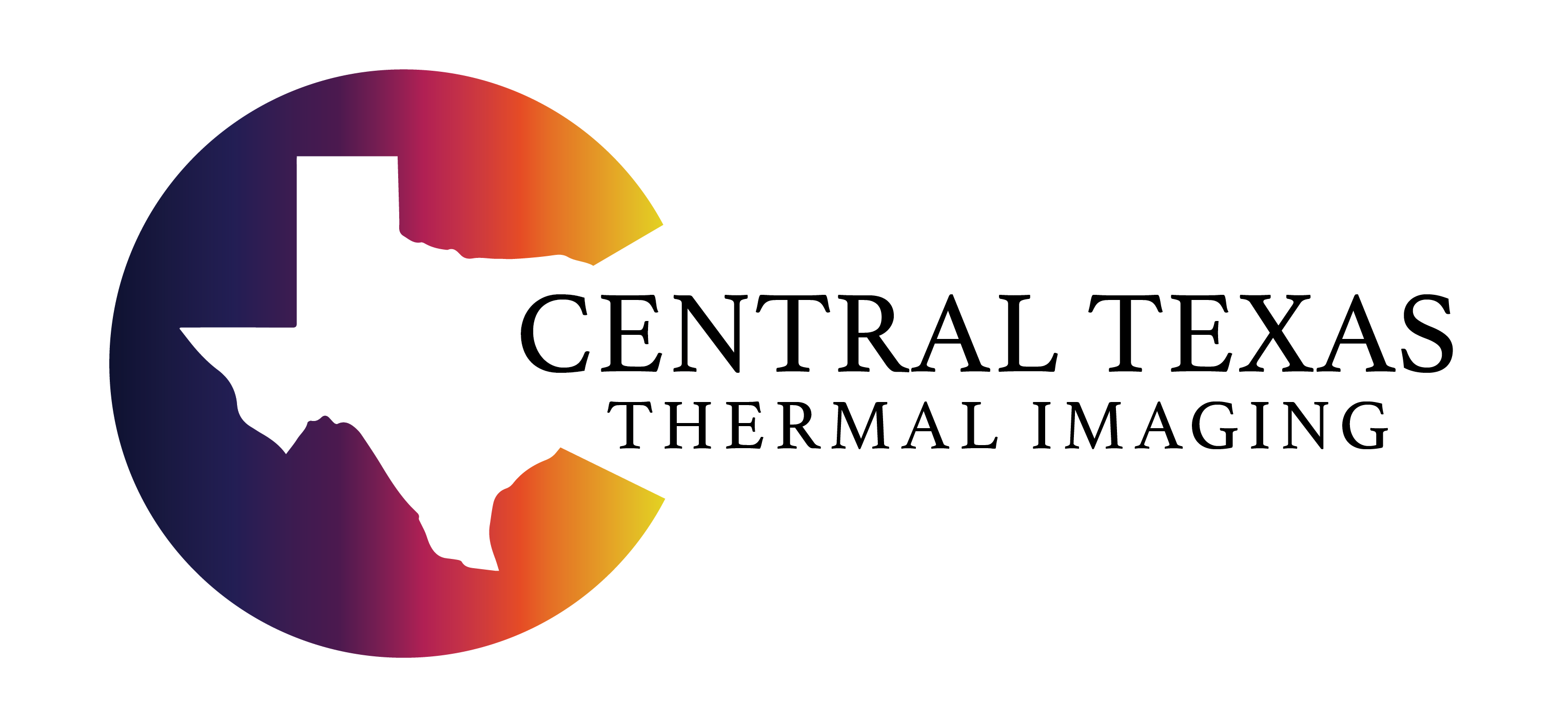Jim Seffrin, Director
Infraspection Institute
Over the past 20 years, infrared thermography has become a popular test technique for helping to detect latent moisture within flat and low-slope roofing systems. Thermography is typically used for condition assessment and forensic studies, as well as quality assurance inspections of new installations, repairs, and retrofits. Performed properly, thermography can provide valuable insights into the condition of a roofing system by graphically documenting the extent and location of subsurface moisture within a roof.
Infrared inspections of roofing systems employ a thermal imager, often referred to as an infrared camera, to detect, display, and document thermal patterns across the surface of the roof. In order to be effective, the roofing system must contain either an insulating deck or insulation sandwiched between the roof deck and the waterproofing membrane. For either construction, the insulation must be in continuous contact with the underside of the membrane. Thermal imaging may be applied to both built-up and single-ply roofing systems; roof membranes may be smooth or gravel-surfaced provided that the gravel is pea sized or smaller. Thermal imaging may also be successfully applied to coated or uncoated spray-applied polyurethane roofing systems.


